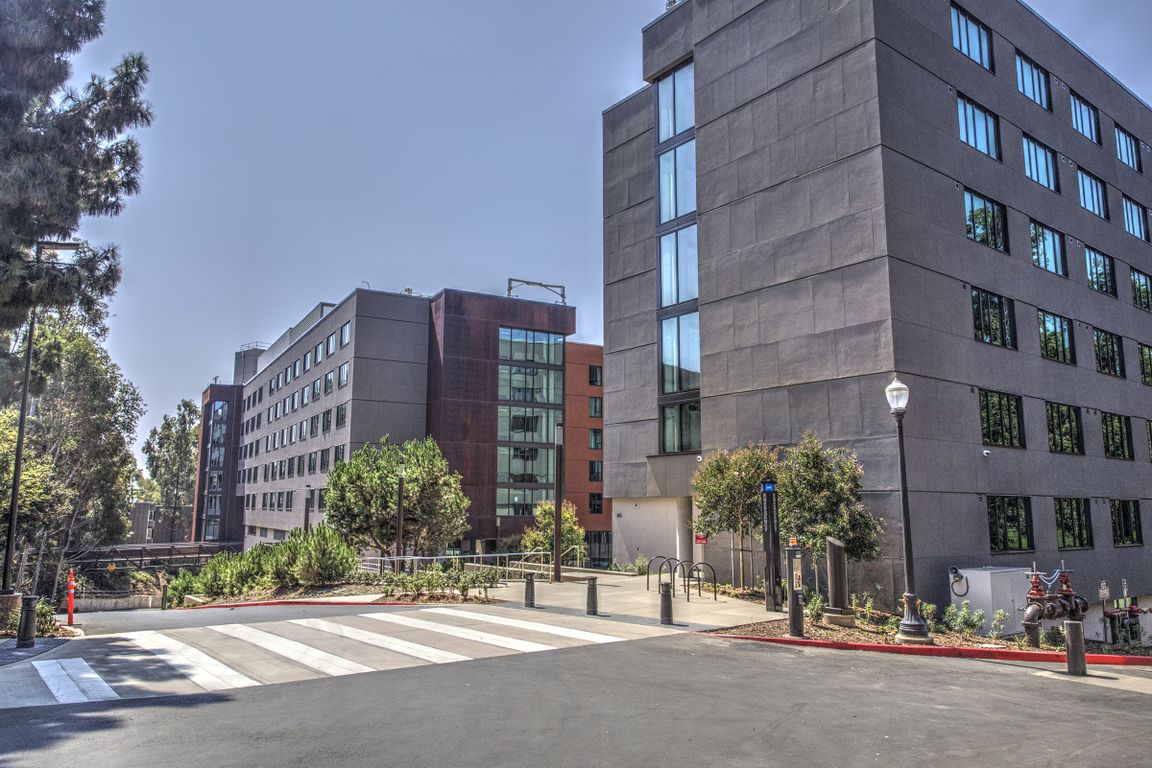By Karen Hallisey
Buildings have a significant impact on human health and the environment. Green buildings can reduce the negative impact on the natural environment by using less water, energy, and other resources. While sometimes referred to as “Under Construction Literally Always,” UCLA is keeping the future in mind when it comes to construction, integrating design and maintenance strategies that increase healthy spaces, while decreasing resource consumption.
The UCLA Sustainability Plan has identified strategies to green new and existing facilities. Buildings have a large carbon footprint due to fossil fuel combustion and other factors. By developing, operating, and maintaining sustainable buildings, UCLA can keep thousands of pounds of emissions out of the atmosphere.
The most common way of measuring sustainability in a building is achieving LEED (Leadership in Energy & Environmental Design) certification — the U.S. Green Building Council rating system designating a facility’s environmental excellence. LEED certified buildings must prove they reduce carbon emissions and create healthier places for people, in addition to other criteria like water savings, energy efficiency, waste reduction, materials selection, and indoor environmental quality.
As of July 2021, UCLA has almost 60 LEED buildings and renovations, including 17 Platinum, the highest ranking. These sustainable buildings minimize energy demand, reduce water usage, and much more. UCLA has designated all new construction and major refurbishment projects meet a minimum LEED Silver rating and strive to achieve a LEED Platinum rating.
Reporting repair needs and requesting services, either through the 311 Mobile App or Service Request Portal to Facilities Management is a way Bruins can assist in keeping UCLA running at its most efficient and eco-friendly. The upcoming Winter Holiday Closure, when most of UCLA facilities’ heating, ventilation, and air conditioning get reduced, is a good reminder of how responsible resource management in buildings contributes to a more climate-friendly campus.
These efforts to build sustainably aren’t just the right thing to do, they’re also a smart financial move. Green buildings provide millions of dollars in savings due to better utilities management. LEED buildings have lower operational and maintenance costs because they are designed to use less energy and water while also creating an environmentally friendly and healthier space for occupants.
